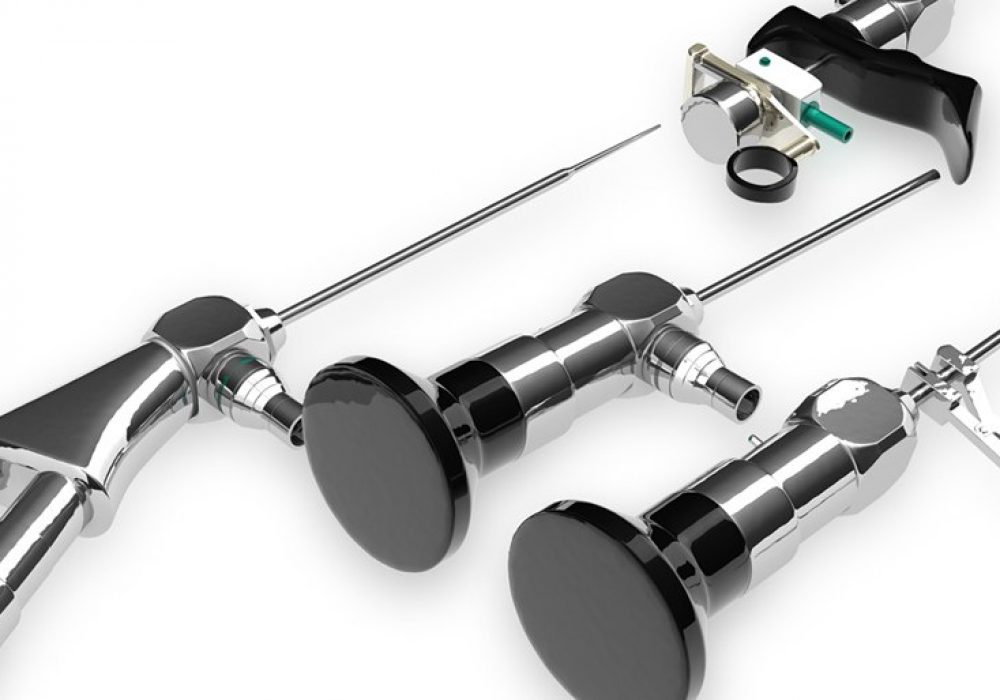Before the procedure, you may be given a medication to help you relax, or general or local anaesthesia may be used to block the pain. If general anaesthesia is given women will not be awake during the procedure. Hysteroscopy will be done at the hospital which can be an outpatient procedure. It will be scheduled when not having a menstrual period. To make the procedure easier the doctor will dilate (open) the cervix before hysteroscopy. A medication will be inserted into the cervix, or special dilators may be used. A speculum is first inserted into the vagina. The hysteroscope is then inserted and gently moved through the cervix into the uterus. A fluid, such as saline (salt water), will be put through the hysteroscope into the uterus to expand it. If a biopsy or other procedure is done, small instruments will be passed through the hysteroscope.

